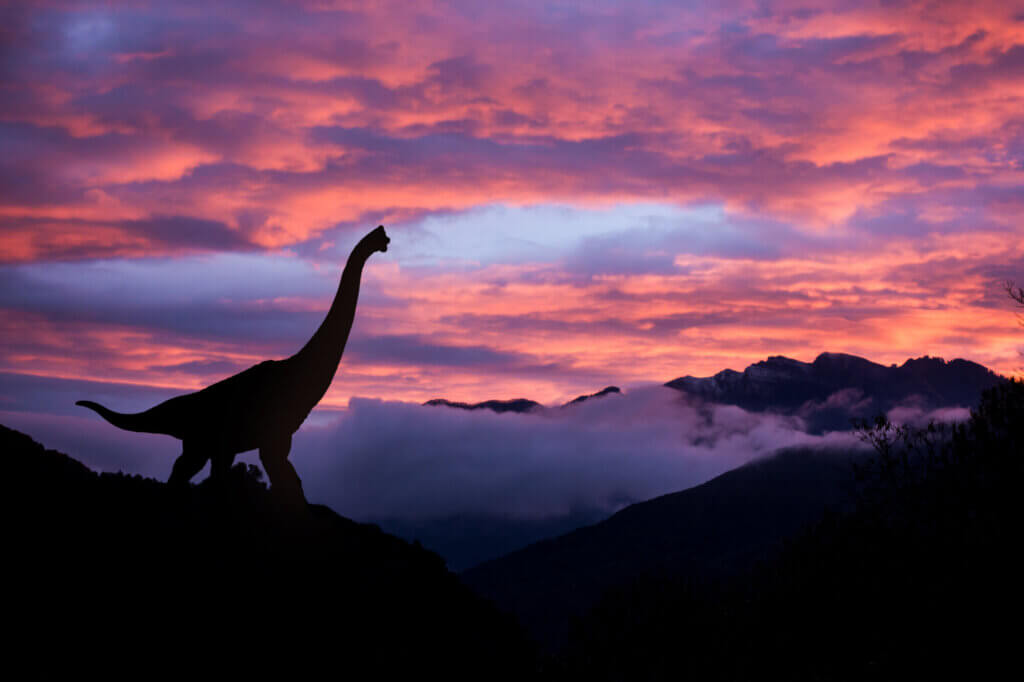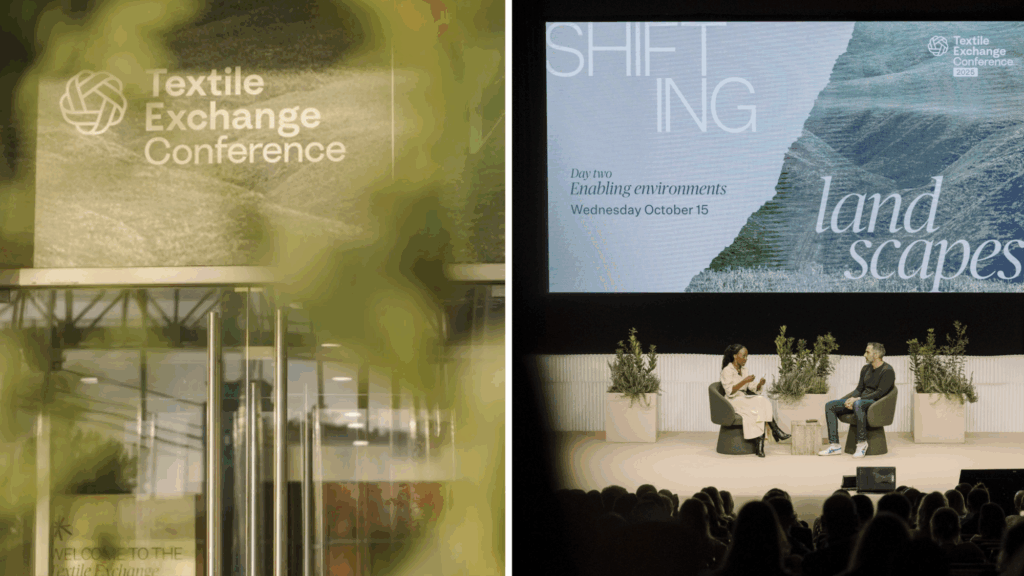
When “life finds a way” … we should learn from it.
The real-life Jurassic world––and every prehistoric world––was full of life, giving rise to species with incredible adaptations and strategies just like the species of today. And with 99% of species of the past now extinct, think of how much there is to learn.
The tricky part is figuring it all out.
Fortunately, thousands of discoveries around the world and sophisticated tools in the hands of dedicated humans are revealing what those adaptations were and how they functioned. For example, fine-grained mudstone in Germany, China, and elsewhere have preserved not only the bones of ancient organisms, but fine detail of their soft tissues and feathers.

Studying those finely fossilized feathers helped reveal the closeness of the connection between dinosaurs and birds––which are now understood to be a group of dinosaurs that happened to have what it took to survive the cataclysmic asteroid and its aftermath. That may seem like just an interesting technicality, but it also shows that much of the toolkit we associate with the birds of today was already present tens of millions of years ago.
And birds aren’t the lone prehistoric survivors. Sharks, insects, and mollusks are all examples of living creatures whose key traits developed in the deep past. When biomimics look to them for inspiration, they’re essentially already drawing lessons from the “Jurassic world.”
Turning directly to the species that are long gone though shines a light down very different––but equally successful and enlightening––evolutionary paths. Deep study of pterosaur fossils, for example, has revealed astonishing detail of the structure of their wing membranes, and the muscle attachments and ranges of motion of their wings. That led to the realization that even at giant sizes, these winged reptiles could jump up from all fours and take flight, with no need of a runway or a perch to launch from. NASA took note and worked with paleontologist Michael Habib and others to design a compact, efficient potential launch system for a Mars exploration vehicle. (Learn more: How Pterosaurs Can Inspire Aircraft Design)

And there are other examples as well. Annabelle Aish of the «Bioinspire-Muséum» of the National Museum of Natural History in Paris recently organized leading thinkers in the field for a paleo-bioinspiration conference. The resulting paper, published in Nature, pulls together the participants’ thinking with a selection of examples of paleo-bioinspiration at work. They highlight that roboticists have discovered ways of increasing maneuverability of underwater robots guided by plesiosaur flippers, and materials scientists have developed new ceramics and composite materials mimicking ankylosaur armor plates, among other interesting avenues of investigation.
Of course, one of the key aspects of practicing biomimicry is connecting with the organism you’re learning from, and that can seem difficult with a species that last breathed or blossomed 100 million years ago. But there are a couple ways to handle that.
For starters, you can connect with related, but still living species, and focus on the persistent similarities. Take a good look at the foot of a chicken on a farm, or an emu or ostrich at a zoo, and the connection to two-legged dinosaurs is easy to see and feel. It’s the relevance of relatives.
Convergent evolution gives us opportunities, too. A whale watching trip exposes us to living animals of a comparable scale to sauropods, despite their drastically different lineages and environments.
You can also start to see species through the spaces they’ve left. Close observation of what birds and bats are and are not can create a more vivid appreciation of what pterosaurs were.
And perhaps most evocatively, we can seek out environments that share characteristics with paleo environments. Several recent books have brought those ancient worlds to life vividly through writing, and their passages can serve as search images to help us find such locations.
Keep your eye on our YouTube channel for the replay of “Jurassic Plants with Riley Black” from our AskNature Hive July Live Conversation.
Biomimicry calls us to learn from life’s adaptations and strategies. There are 3.8 billion years of such strategies to explore. Let’s keep digging in.
Andrew Howley is the Chief Editor at the Biomimicry Institute. As a science communicator, he spent 11 years at the National Geographic Society, connecting audiences with explorers and grantees through websites, blogs, social media, and live-streamed interviews and events. Learn more about Andrew and the rest of the team here.




